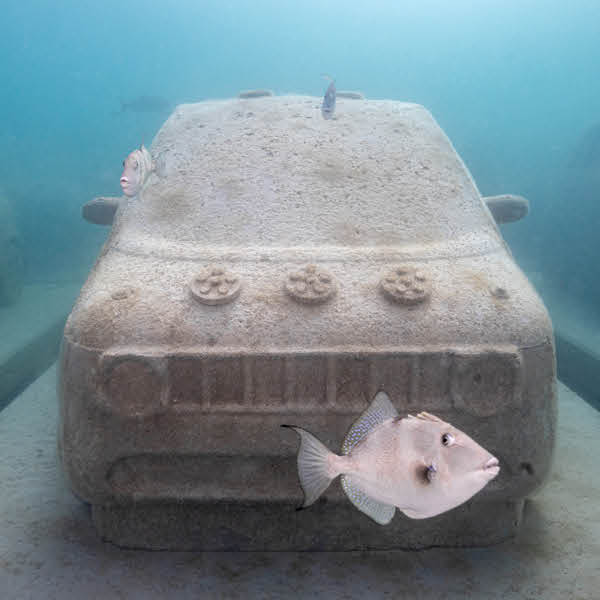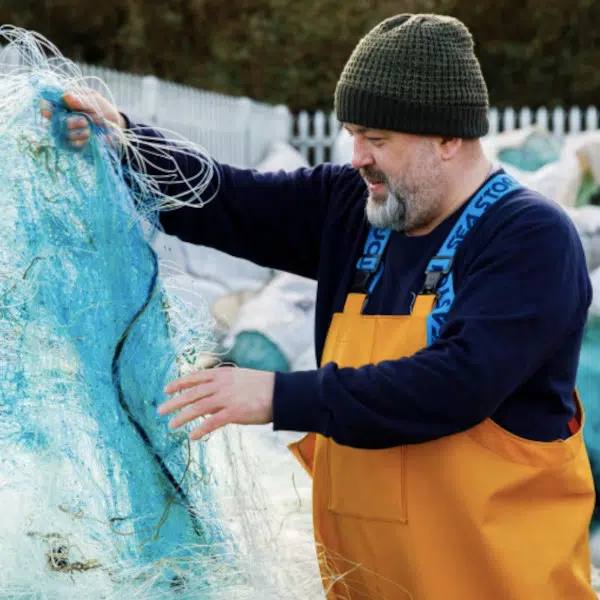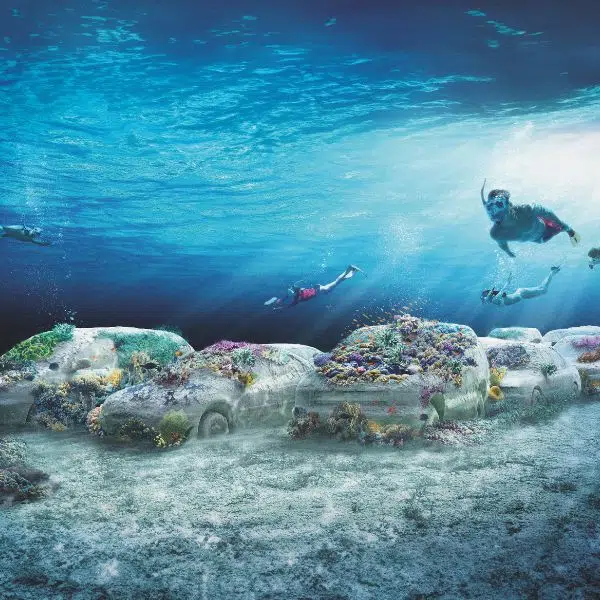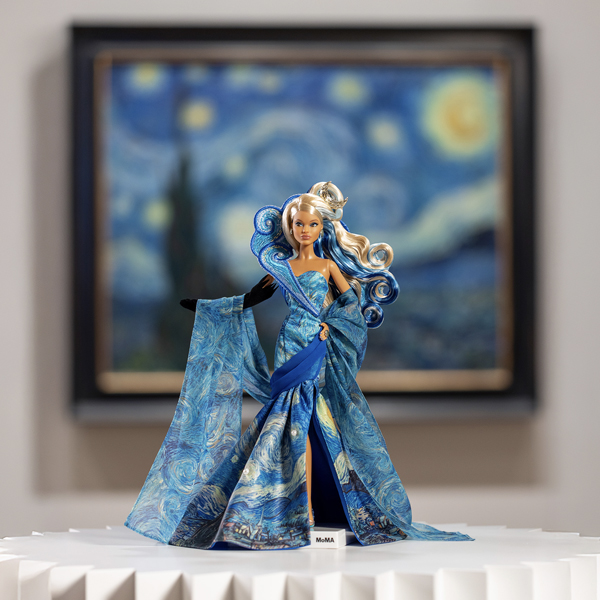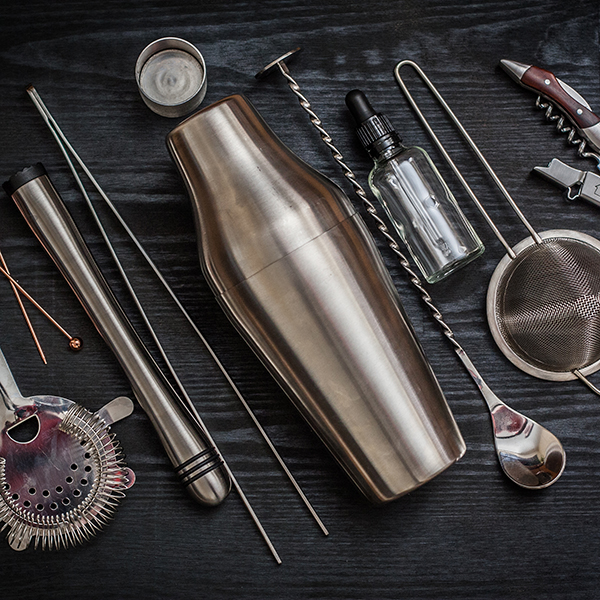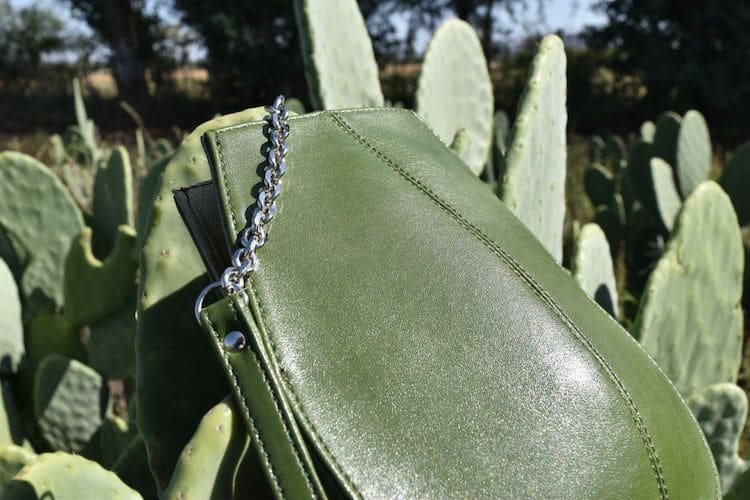
As one of the world's most traded products, leather is part of a booming $80 billion industry. But, its use of animal products and harsh chemicals makes leather problematic not only for animal rights activists but environmentalists. Luckily, two entrepreneurs from Mexico have worked to find a leather alternative that is not only eco-friendly but has the look and feel of real leather. So what are they using to make their faux-leather? The answer might surprise you.
Adrián López Velarde and Marte Cázarez have developed a method of transforming cacti into a vegan leather that looks so realistic, you'd never guess it was made from this desert plant. They called their cactus vegan leather Desserto and it is made from cacti grown on their plantation in the Mexican state of the Zacatecas. The cactus is known for its rugged, thick skin, which makes it the perfect texture to simulate animal leather.
“The idea of using this raw material was conceived because this plant does not need any water to grow, and there is plenty of it throughout the Mexican Republic. Also, symbolically, it represents all of us Mexicans and everybody knows it,” shared López Velarde. “Besides, to be able to incorporate this material into various industries, it is essential to count on a stable, abundant supply of raw material. We currently have 2 hectares where we cultivate nopals, as well as an expansion capacity of 40 hectares. Regarding production capacity, we have 500,000 linear meters a month.”
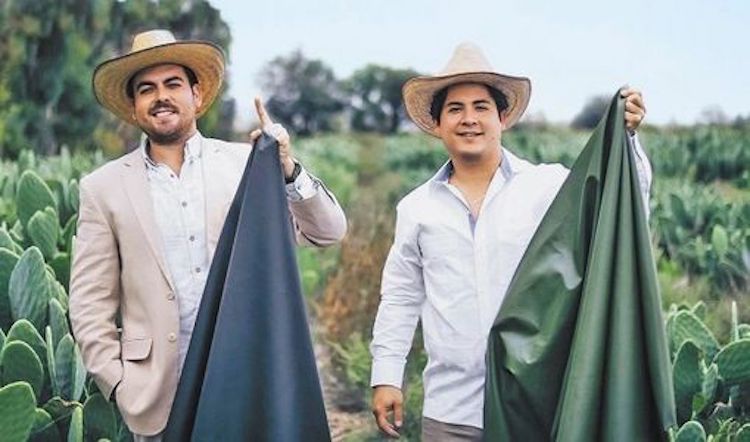
Mature leaves are cut from organically grown cactus plants, cleaned, mashed, and then left out in the sun to dry for three days prior to processing. It can then be dyed naturally using methods developed by Adriano Di Marti, López Velarde's and Cázarez's company. This makes for vegan leather that is certified organic and can hold up to regular usage for nearly a decade.
If that wasn't enough to convince you, Adriano Di Marti's vegan leather is on par, in terms of pricing, with genuine leather. So far, the company has created car seats, shoes, handbags, and even apparel. And since it's made of organic material, their leather is breathable, which is often a problem with synthetic alternatives. In another plus for the environment, cactus leather is partially biodegradable and doesn't contain any plastic—another issue with synthetic leather. This makes for a true alternative to animal leather that doesn't have a negative impact on the planet.
Adriano Di Marti caused a splash when it debuted in 2019 at the world's most important fair for leather manufacturers, Lineapelle. Reception to the cactus leather was overwhelmingly positive, with the material being lauded for its flexibility, softness, touch, and color. Currently, the brand is negotiating projects with major players in a variety of industries and working to make the material more accessible to medium and small businesses. So before you know it, you might just find yourself putting on a pair of cactus leather shoes.
Desserto is vegan leather made from cacti that can be used to create anything from wallets to shoes.
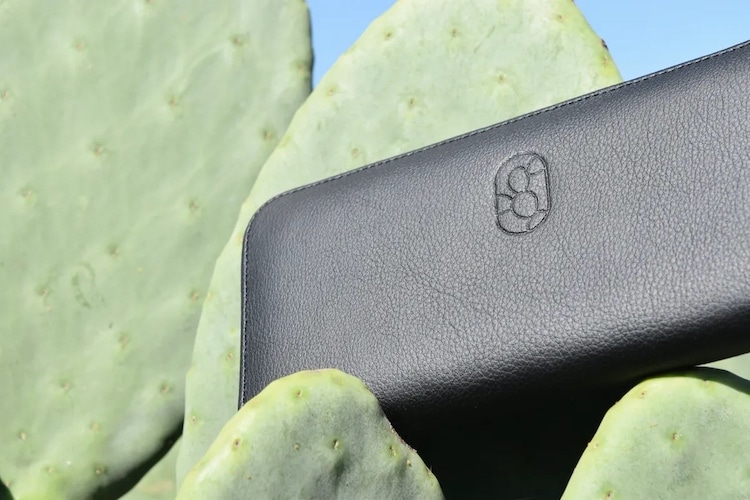

Learn more about how these entrepreneurs dreamed up the idea of transforming a cactus into leather.
Desserto: Website | Facebook | Instagram
h/t: [Unify, Fashion United]
All images via Desserto.
Related Articles:
Adidas Announces First 100% Recyclable Running Shoe
LEGO Will Launch Its First Ever Sustainable Collection Made From Sugarcane
Designers Develop Edible Water Bubble to Replace Hazardous Plastic Bottles
Emma Watson’s Recycled Plastic Met Gala Gown Set a New Standard for Sustainable Style











































































